Science, Engineering and Technology Day
Science, Engineering and Technology (SET) Day is held annually for grade 11 and 12 students and their teachers in Manitoba.
This event provides a unique opportunity for students to witness the exciting and innovative research taking place at the UM, and to participate in multiple hands-on activities across different fields of science, engineering, and technology.
SET Day 2026 will be on Wednesday, February 18, 2026. Stay tuned! Registration will be available by mid-November.

2026 SET Day Topics and Activities
2025 SET Day Topics and Activities
Analyzing your Moves
Activities may include:
- Biomechanics
- Motor Control
- Musculoskeletal
- Exercise Physiology
Behind The Science Lab Tour
Students will be walking around the lab while the graduate students discuss the various tools and techniques utilizaed.
Cell Detectives
Students will observe various plant cells under a microscope.
Exploring the Microscopic World of Materials
Come to the world-class Manitoba Institute for Materials and discover details that are beyond the resolution of our eyes or even a normal microscope. Just like materials researchers from the university and industry, you will look at everyday materials": natural and artificial fibers, alloys, plant stems, crystals and a few surprise samples. We will show you how samples are prepared, and you will have an opportunity to "drive" our electron microscopes as we look into the world of the very very small.
Floating Towers - WISE Kid-Netic Energy
Do you have what it takes to tackle the ultimate engineering challenge? In this competition, your team will design and build a floating tower that’s both tall and strong. But there’s a twist—your structure must hold as many marbles as possible without toppling or sinking. Let the challenge begin!
Measuring with lasers - Lidar and drones for construction
Students will attend a brief presentation on civil engineering and then they will use a lidar scanner on a tripod to gather 3-D scans of the lab space or the engineering atrium. Students will use software to extract dimensions and angles from the scans and compare to manual measurements.
Ozobots Coding Workshop
Students will learn a basic coding activity with Ozobots.
Pizza 101
Come learn about the science involved in making one of Canada's favourite foods - Pizza, and the many job opportunities available in the food and human nutritional sciences! During this hands-on activity, students will learn about the sciences involved in making pizza dough and cheese, and also gain experience in the nutritional and sensory analysis of pizza. During the session, students will also get practical experience in making pizza from scratch!
Planetarium Visit: Galaxies and Horizons
Students will partake in a planetarium showing, in which they will observe various constellations, planets, and learn about time zones.
SERFing on Sea Ice
The University of Manitoba has a piece of the Arctic Ocean on campus! Come to the Sea-ice Environmental Research Facility (SERF) to learn everything about sea ice and the Arctic Ocean, and how you can do to help with climate change adaptation, mitigation, and resilience building.
Strawberry DNA: Unlocking the Code of Life
Get ready to dive into the world of Plant Biotechnology with an awesome hands-on experiment ! You'll be extracting DNA from strawberries. First, you'll mash up the strawberries, mix in a solution, and filter it all to reveal the DNA as cool, visible strands. This activity will show you how everyday materials can unlock the mysteries of science in a fun and say way. Plus, if we've got enough time, we can take the DNA to the next level by running it through a gel to really see it up close.
University of Manitoba Robotics Team (UMRT)
The University of Manitoba Robotics Team (UMRT), a student-led robotics club, will showcase their innovative projects. This session would feature activities such as building and programming a robot, and preparing for the team's competition, the Canadian International Rover Challenge (CIRC) 2025! Join us to see the future of robotics in action and meet the talented students behind these cutting-edge creations!
Nurse for a Day: Virtual Reality Activity
High school students will get the chance to try out a virtual reality (VR) simulation used by University of Manitoba nursing students to practice caring for virtual patients. Wearing a VR headset, they'll go through a healthcare scenario that helps build skills in assessment, communication, and decision-making - all in a safe, controlled environment. It’s an innovative way to see how nursing students practice without using real patients.
Wallace Museum Tour: Fossil Frenzy
Students will tour the Wallace Museum, and learn various cretaceous fossils and rocks.
Wheels for Mars
As humanity’s exploration expands, robotic rovers are increasingly used to navigate varied Martian terrain. Due to the delay in radio signals to Mars, future rovers must be self-reliant. Students will design and test rover wheel treads using different materials and configurations in a sandbox with diverse terrains to determine their effectiveness.
Photo gallery of previous SET Day activities

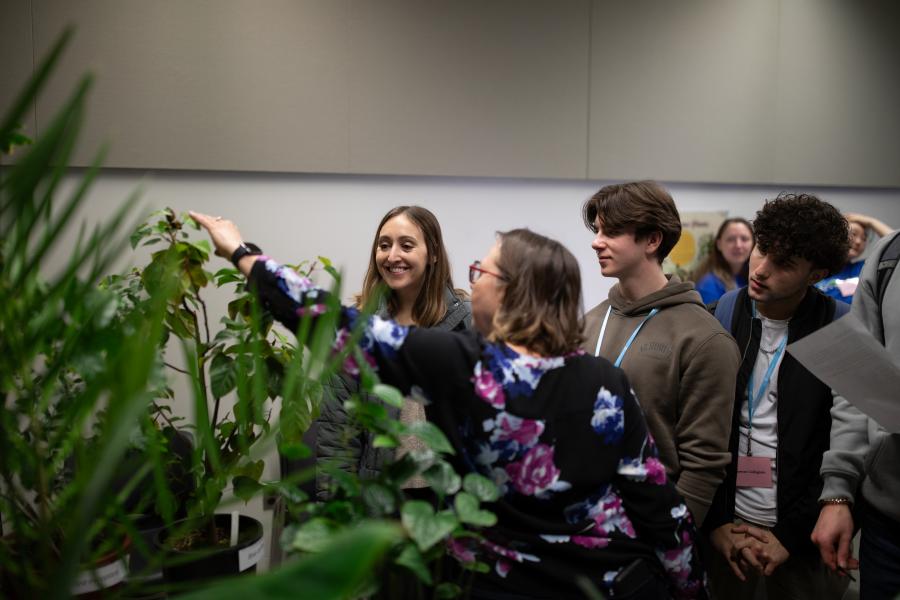
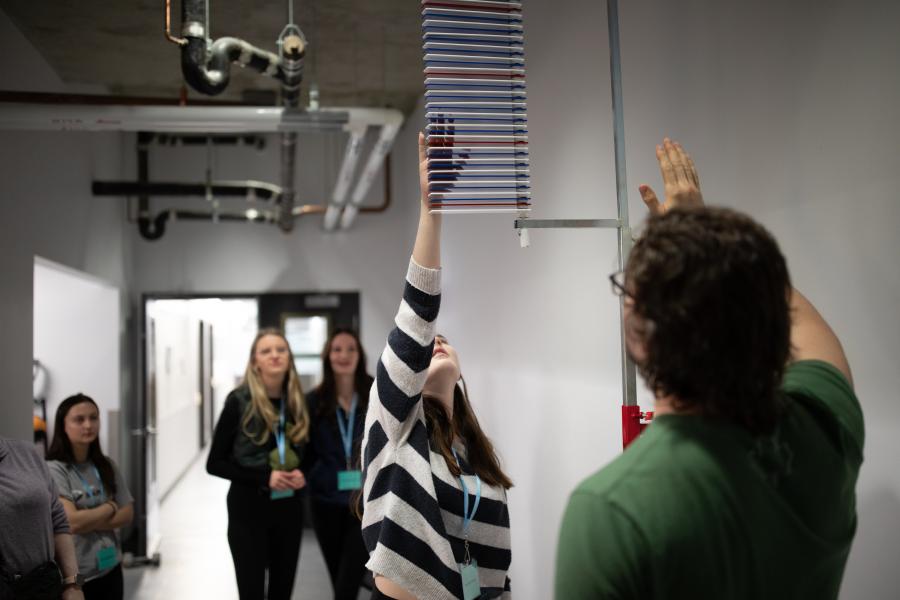
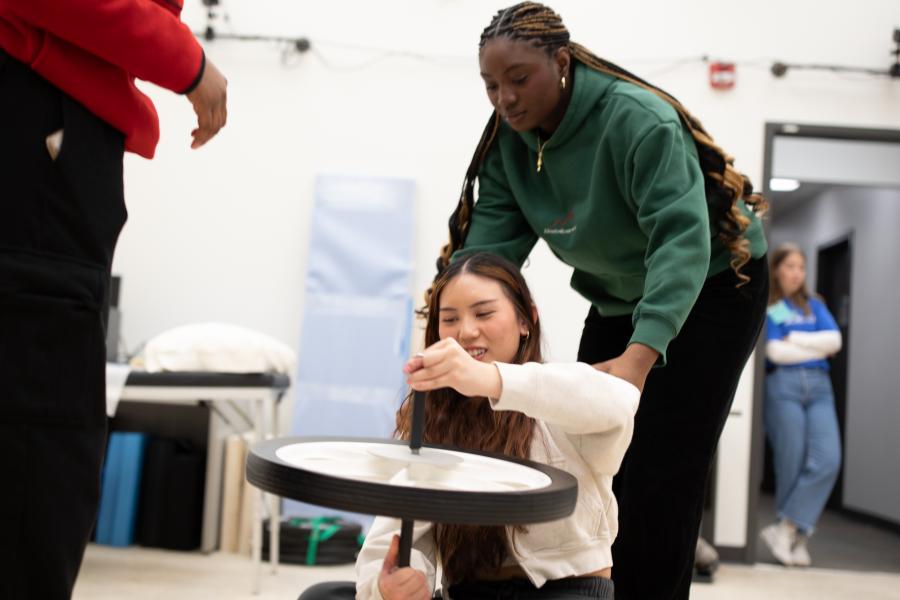
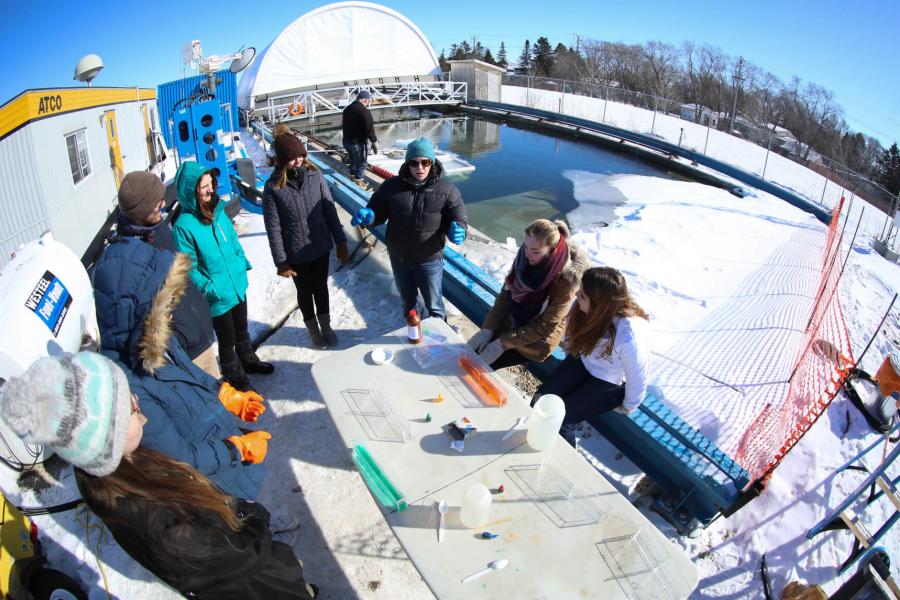
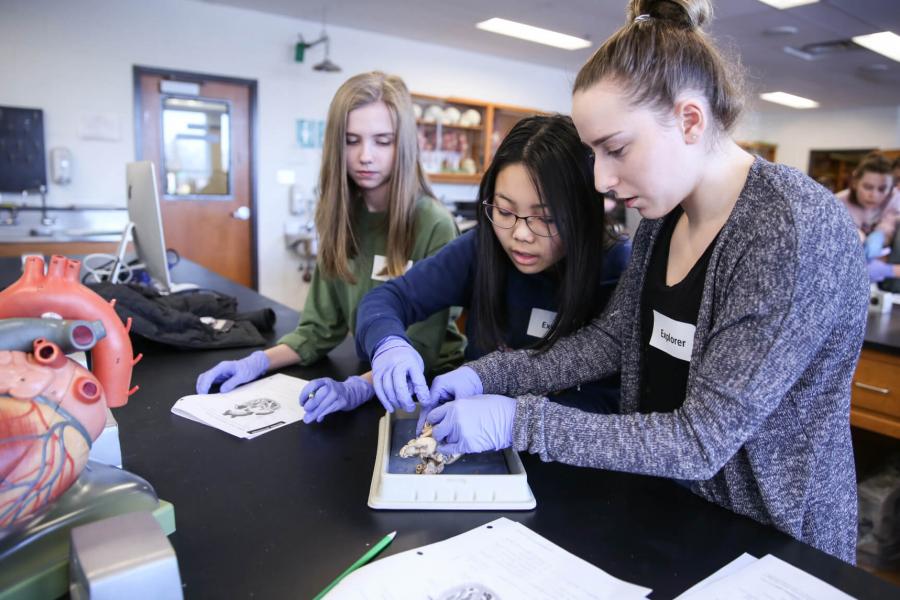
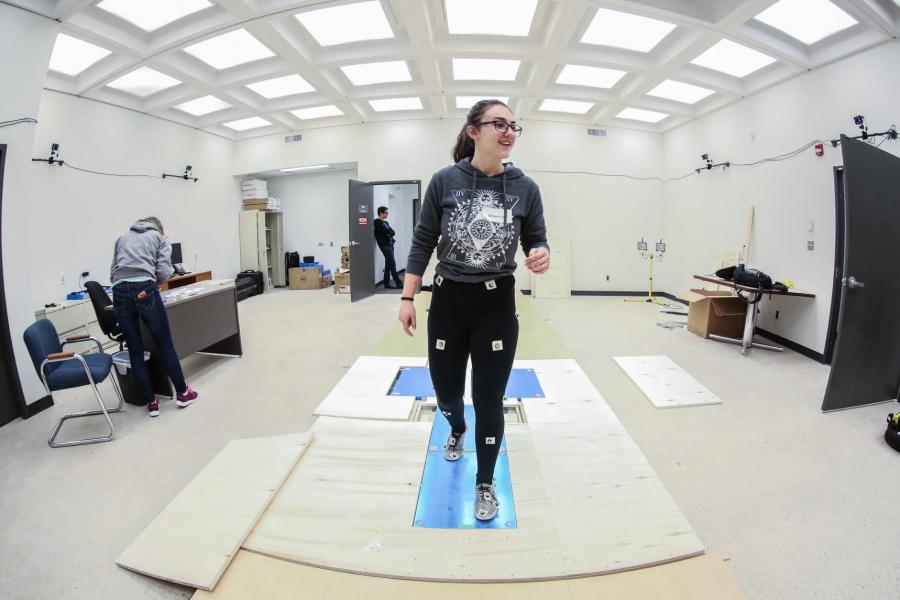
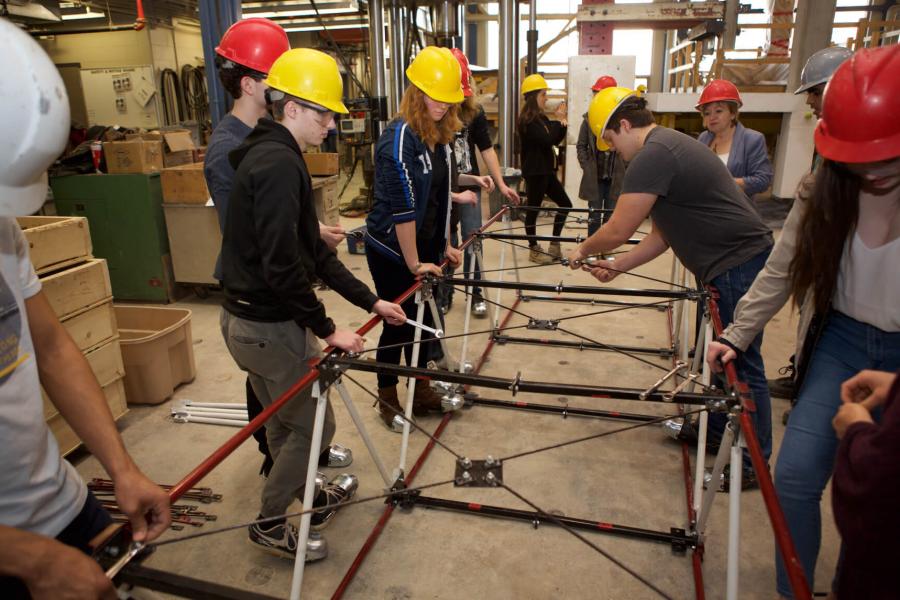
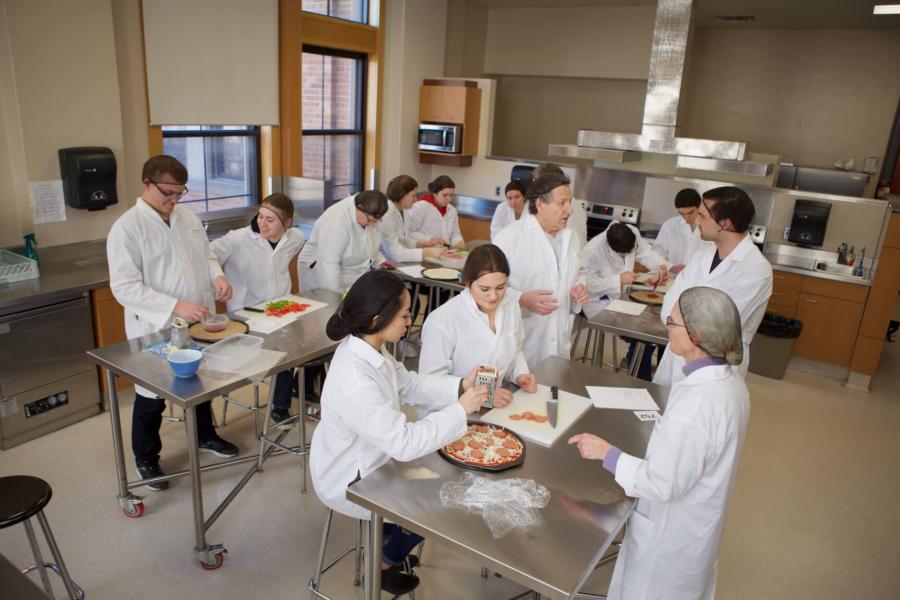
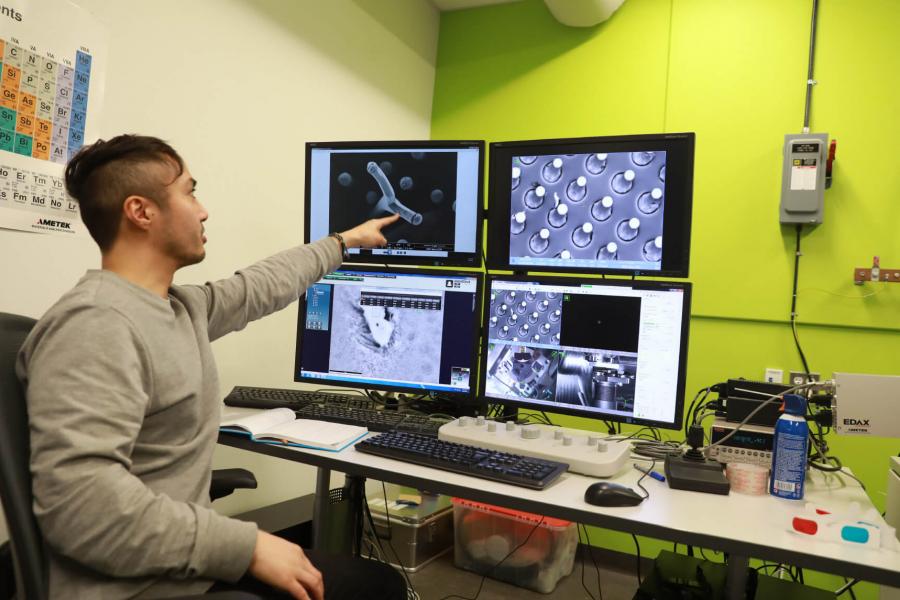
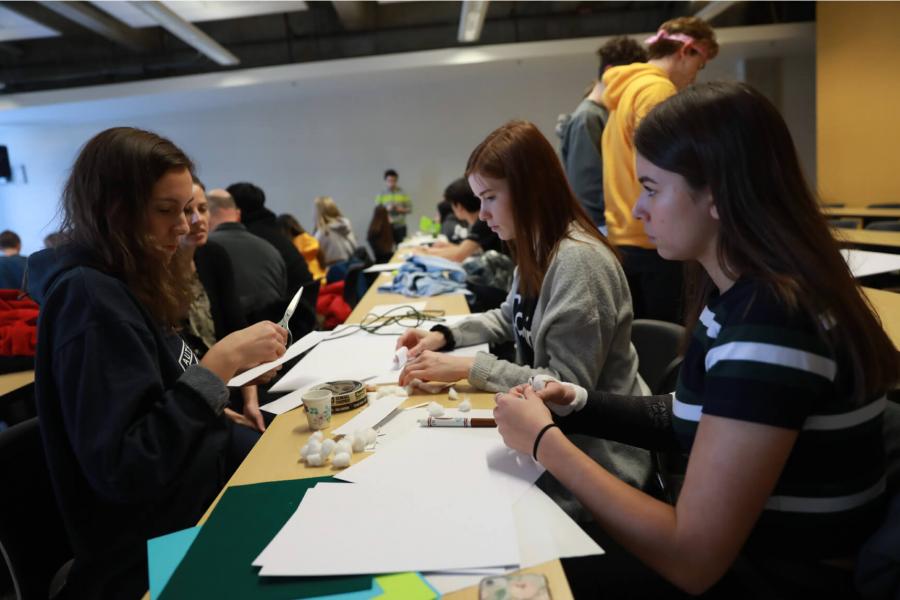
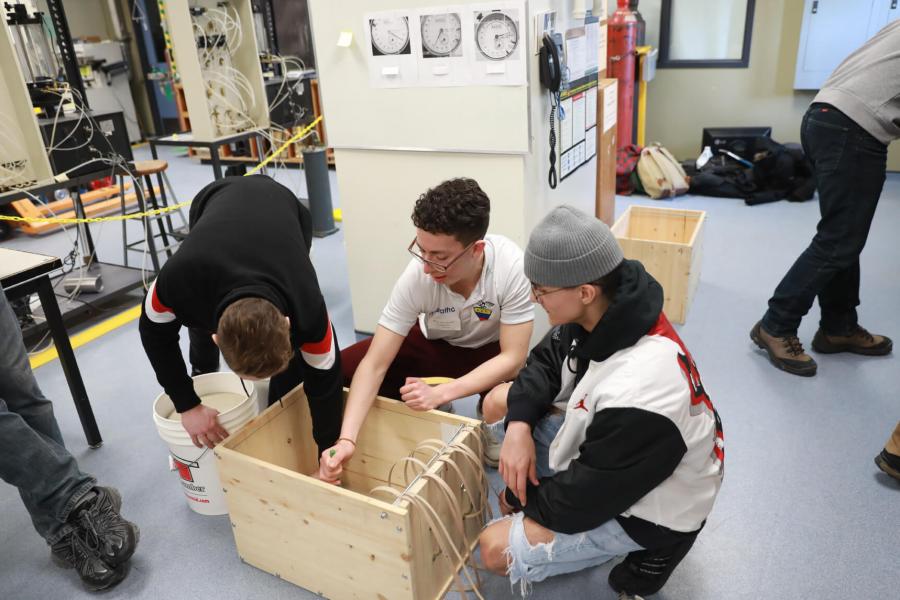
Contact us
Science, Engineering and Technology (SET) Day
Hosted and organized by
the Office of the Vice-President
(Research and International)
University of Manitoba
